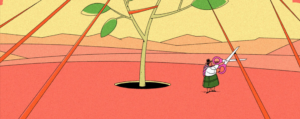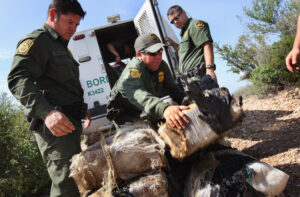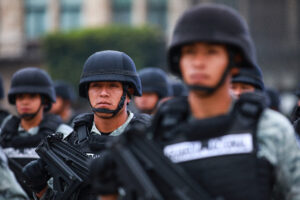The global debate on drug policy is getting more interesting, due in no small part to initiatives from Latin America. The Uruguayan government’s June 20 announcement that it will propose legislation to create a legal, regulated market for marijuana is just the latest development to challenge business as usual in the “war on drugs.” The question of alternatives to the drug war took center stage at the Summit of the Americas in Colombia in April, which culminated in an announcement by President Santos tasking the Organization of American States (OAS) with evaluating present policies and laying out other possible options.
One might expect that next week’s international summit on the “World Drug Problem” – to be hosted in Lima by the Peruvian government – would reflect the increased dynamism of the debate. To the contrary, the official agenda for the Lima meeting on June 25 and 26 suggests a determination to carry on as if nothing had changed, with blanket reaffirmations of the drug war status quo still the order of the day. Why such a pronounced disconnect between recent initiatives and the turn back the clock atmosphere for the Lima summit?
The Lima meeting was first announced by President Ollanta Humala when he assumed office on July 28, 2011. At the time, Peru was embarking on a significant drug policy reform in the face of escalating coca cultivation and cocaine production rates. Ricardo Soberón, newly-appointed as head of the Peruvian anti-drug agency, DEVIDA, announced that forced coca eradication would be scaled back and that the government would instead intensify economic development and social inclusion programs in the remote rural areas where coca production flourishes in Peru. The government also announced that it would focus its efforts on dismantling criminal drug networks and intensifying programs to disrupt the flow of precursor chemicals and money laundering. At the time, Soberón said that the summit was intended to focus on improved intelligence sharing and to showcase Peru’s new approach to limiting coca cultivation – one that promised better results than decades of failed forced eradication strategies.
But much has changed since the summit was announced. As President Humala has lurched to the right, Soberón was ousted, and the “drug” summit was changed to an “anti-drug” summit on DEVIDA’s web page. And as the drug debate opened up regionally, the Lima meeting took on new significance for defenders of the status quo to rally in defense of traditional approaches and to quiet talk of reform.
Yet the reform debate will take place regardless, at the national level and in other international forums, such as the Ibero-American summit to take place in Spain in November 2012 and the Community of Latin American and Caribbean States (CELAC) meeting scheduled for January 2013 in Chile. As much as the United States and other countries would like such debate to take place within the boundaries determined by the existing drug control conventions, some countries do not appear willing to abide by such dictates.
Previewing next week’s summit in Lima, the Peruvian weekly, Caretas, reported that “legalization of cannabis will not be part of the debate.” But can Peruvian government officials be so sure of that? As we reported previously, as a result of the April 2012 Cartagena Summit, the genie is already out of the bottle. Can the drug reform debate be so easily put back in?
*Photo by the Peruvian Congress




